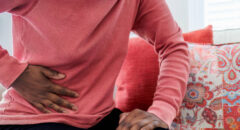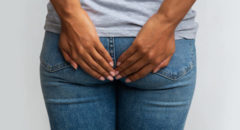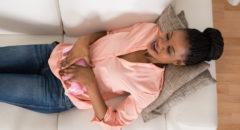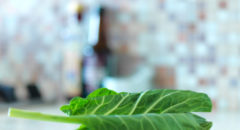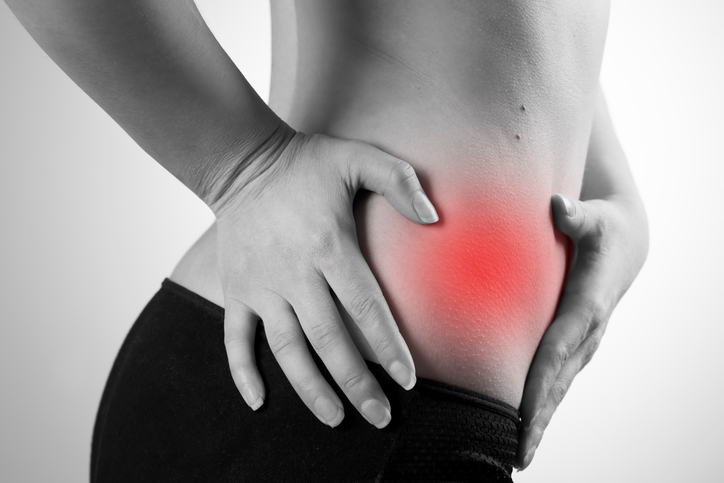
Irritable bowel syndrome is a functional gastrointestinal (GI) disorder, meaning symptoms are caused by changes in how the GI tract works. People with a functional GI disorder have frequent symptoms; however, the GI tract does not become damaged. IBS is a group of symptoms that occur together, not a disease. In the past, IBS was called colitis, mucous colitis, spastic colon, nervous colon, and spastic bowel. The name was changed to reflect the understanding that the disorder has both physical and mental causes and is not a product of a person’s imagination.
IBS is diagnosed when a person has had abdominal pain or discomfort at least three times a month for the last 3 months without other disease or injury that could explain the pain. The pain or discomfort of IBS may occur with a change in stool frequency or consistency or be relieved by a bowel movement.
IBS is often classified into four subtypes based on a person’s usual stool consistency. These subtypes are important because they affect the types of treatment that are most likely to improve the person’s symptoms. The four subtypes of IBS are:
1. IBS with constipation (IBS-C)
- hard or lumpy stools at least 25 percent of the time
- loose or watery stools less than 25 percent of the time
2. IBS with diarrhea (IBS-D)
- loose or watery stools at least 25 percent of the time
- hard or lumpy stools less than 25 percent of the time
3. Mixed IBS (IBS-M)
- hard or lumpy stools at least 25 percent of the time
- loose or watery stools at least 25 percent of the time
4. Unsubtyped IBS (IBS-U)
- hard or lumpy stools less than 25 percent of the time
- loose or watery stools less than 25 percent of the time
Here are THREE real ways you can get rid of IBS and stop the pain naturally:
1. Test your body. Begin by just eliminating the most common food allergens for 12 weeks. That includes dairy, gluten, yeast, eggs, corn, soy, and peanuts. And then reintroduce them one by one each week to see if they cause symptoms. This is an effective way to isolate the foods that may be causing you problems.
2. Try digestive enzymes with meals to help break down food while your gut heals. You also may benefit from nutrients that help heal the lining of the gut including fish oil, GLA (from evening primrose oil, zinc, vitamin A, glutamine and others.
3. Repopulate your digestive tract with good bacteria. You can begin by taking a high potency probiotic twice a day for one to two months. Probiotic that have a lot of healthy organisms per dose is better. Also, you may try specialized probiotics that help further normalize gut function.
Visit the BlackDoctor.org Digestive Disorders center for more articles.


